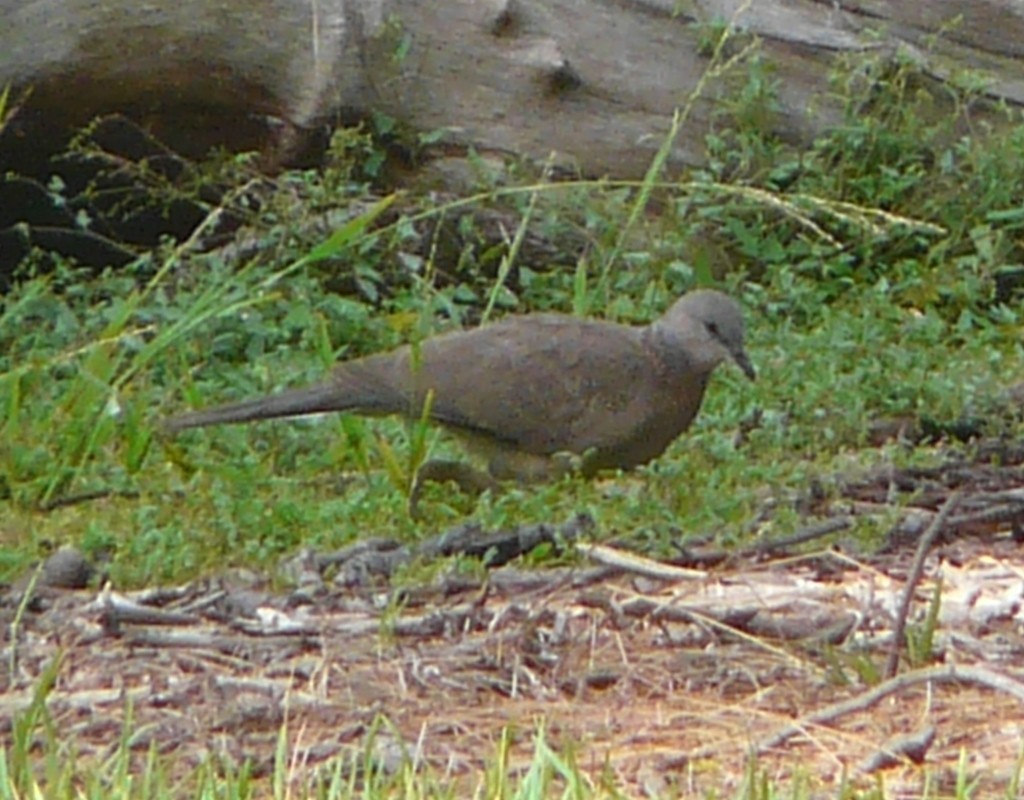Spotted Dove
A species of Turtle-doves and Collared-doves, Also known as Pearl-necked Dove Scientific name : Spilopelia chinensis Genus : Turtle-doves and Collared-doves
Spotted Dove, A species of Turtle-doves and Collared-doves
Also known as:
Pearl-necked Dove
Botanical name: Spilopelia chinensis
Genus: Turtle-doves and Collared-doves
Content
Description People often ask General Info
 Photo By silversea_starsong , used under CC-BY-NC-4.0 /Cropped and compressed from original
Photo By silversea_starsong , used under CC-BY-NC-4.0 /Cropped and compressed from original Description
The spotted Dove is a medium-sized bird that is swift in flight. It prefers to live year-round in warm climates in suburban areas, especially in parks. Their nests are mostly made out of sticks and they like to dine on insects and seeds.
Size
28 - 32 cm
Life Expectancy
9.8 years
Nest Placement
Building
Feeding Habits
Spotted Dove primarily feeds on grains, seeds, and occasionally human-provided scraps. Its foraging behavior includes ground pecking and gleaning from vegetation. Spotted Dove exhibits no unique dietary adaptations, sharing common feeding traits with other doves.
Habitat
Spotted Dove thrives in environments with dense foliage intermingled with open areas, favoring woodlands, scrublands, and agricultural lands. Adapted to various altitudes in its Asian habitat, it extends to subtropical forests and shrubs. In urban settings, including parks and gardens, spotted Dove adapts well, typically near water sources but avoiding arid zones. The species also colonizes urban and agricultural areas in introduced territories.
Nest Behavior
Both spotted Dove parents are likely involved in nest building. The male partakes in territorial and courtship displays involving steep, noisy wing claps and smooth glides. They nest seasonally, aligning with local breeding cycles.
Nest Characteristics
Spotted Dove creates a nest that is a simple, loose platform of twigs, typically situated in a large shrub or tree. It's placed 8-40 feet above ground on a horizontal branch or fork.
Dite type
Granivorous
People often ask
General Info
Feeding Habits
Bird food type
Bird Feeder Type

Platform

Ground
Behavior
The flight is quick with regular beats and an occasional sharp flick of the wings. Males coo, bow and make aerial displays in courtship. They nest mainly in low vegetation, building a flimsy cup of twigs in which two whitish eggs are laid. Nests are sometimes placed on the ground or on buildings and other structures. Both parents take part in building the nest, incubating and feeding the young. 
Distribution Area
In India it tends to be found in the moister regions, with the laughing dove (S. senegalensis) being commoner in the drier areas. The species has become established in many areas outside its native range. These areas include Hawaii, southern California, Mauritius, Australia and New Zealand. In Australia, they were introduced in Melbourne in the 1860s and has since spread, often replacing native doves. 